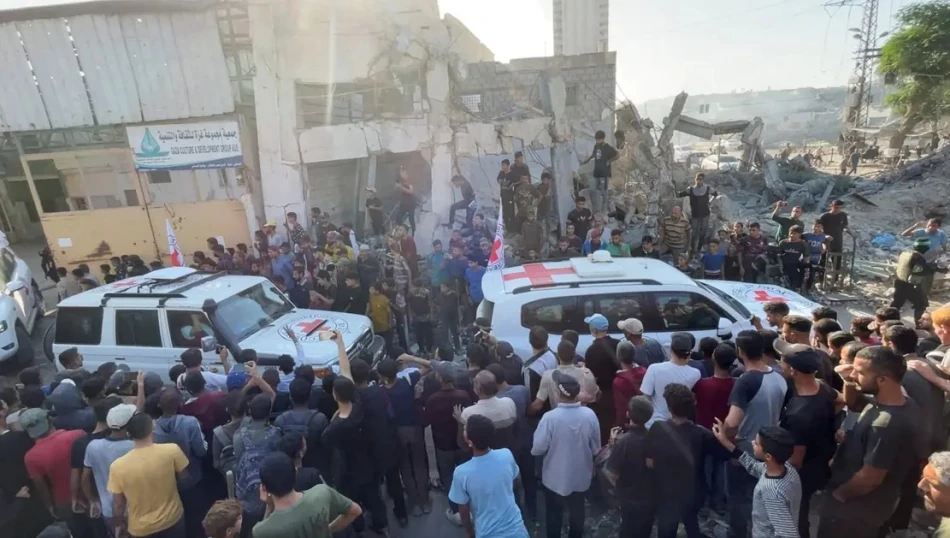
Hamas Releases All Surviving Israeli Hostages in Two-Stage Handover
Hamas handed over all 20 remaining living hostages today, completing what Israeli Channel 12 called the final release of living captives held by the group. The exchange marks a major milestone in the prisoner swap deal that Hamas says was implemented following President Donald Trump's plan, though the group stressed that mediators must ensure Israel fulfills its own commitments.
The releases happened in two phases throughout the day. Hamas first freed 7 Israeli hostages in the morning, with the International Red Cross taking custody before transferring them to Israeli authorities. Later, a second group of 13 hostages were released in Khan Younis, southern Gaza Strip, following the same handover process.
According to reports from the scene, all released hostages appeared to be in good health. The Israeli military confirmed that the first batch of 7 hostages had crossed into Israeli territory, with the remainder following later in the day. The actual handover took place away from cameras in a closed location.
On the Palestinian side, the exchange involved a much larger number of prisoners. A Reuters source involved in the operation said all 1,966 Palestinian detainees scheduled for release today had boarded buses inside Israeli prisons. The breakdown shows 1,716 Palestinians from Gaza being released at the Nasser Medical Complex in the Strip, while 250 Palestinians serving life sentences in Israeli jails were freed to the West Bank, Jerusalem, and abroad.
The scale of this exchange - 20 hostages for nearly 2,000 Palestinian prisoners - reflects the high stakes both sides placed on completing this phase of what appears to be a broader framework. For Israel, recovering all living hostages held by Hamas removes a major source of public pressure. For Palestinians, the release of life-sentence prisoners represents the return of individuals many consider political prisoners.
The success of today's exchange will likely determine whether subsequent phases of any broader agreement can move forward. Both sides now face the challenge of maintaining the arrangement while addressing their respective domestic audiences and longer-term strategic goals in Gaza and the broader region.
Most Viewed News

 Sara Khaled
Sara Khaled






